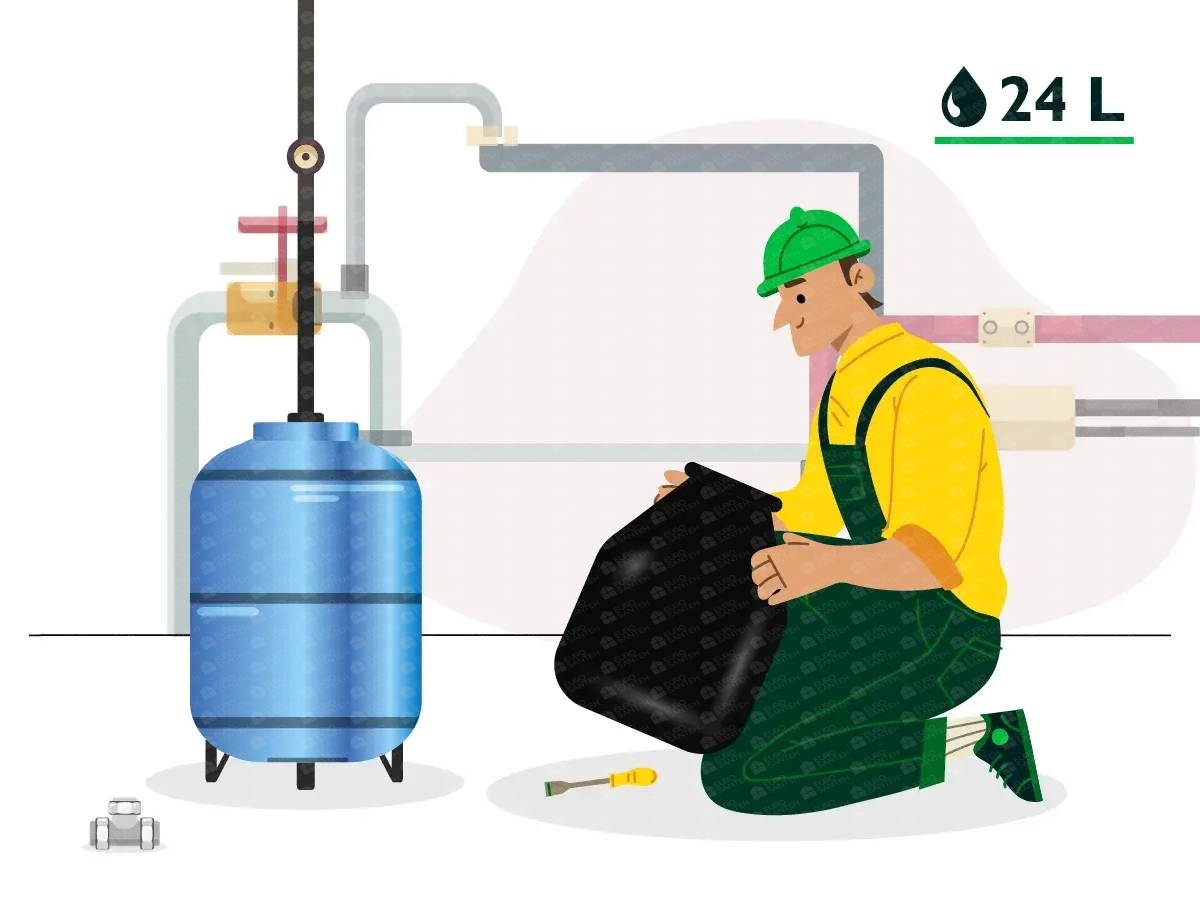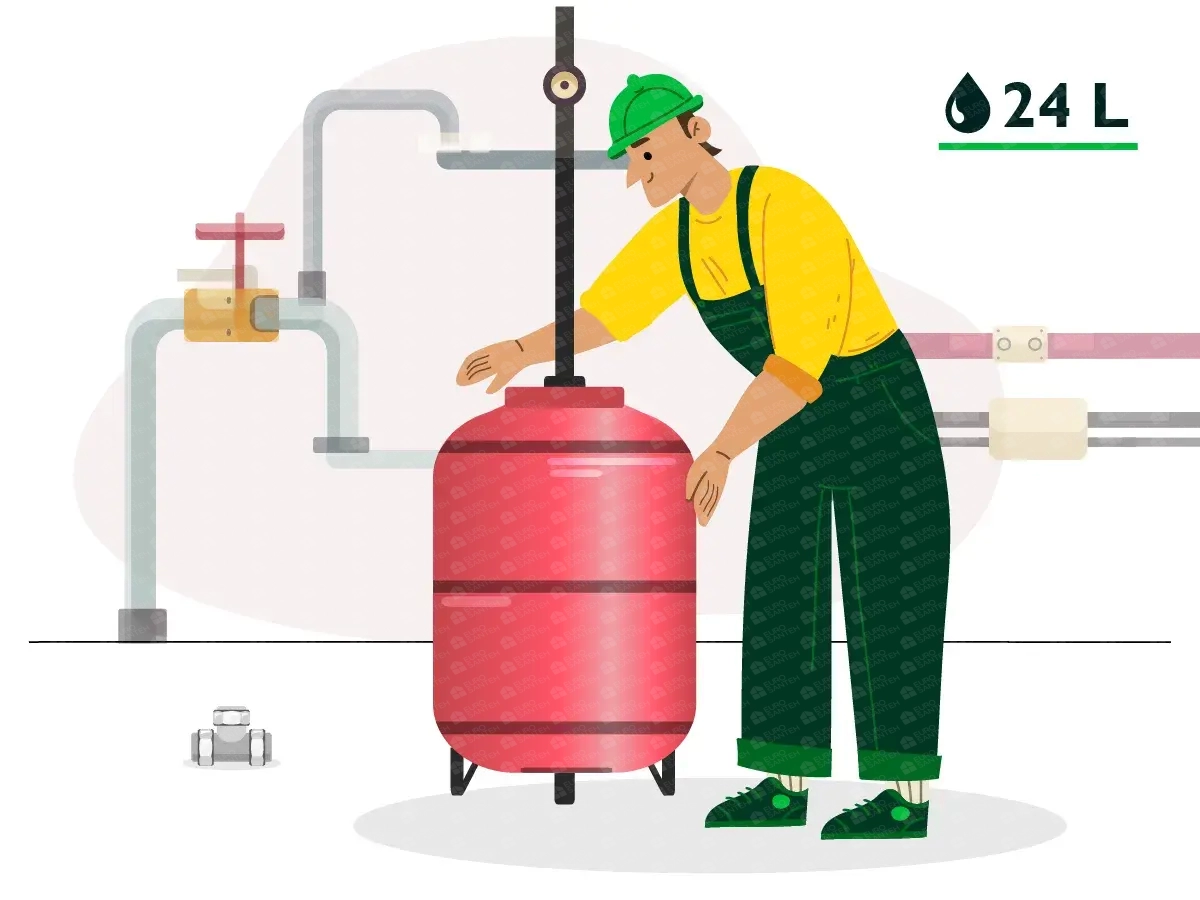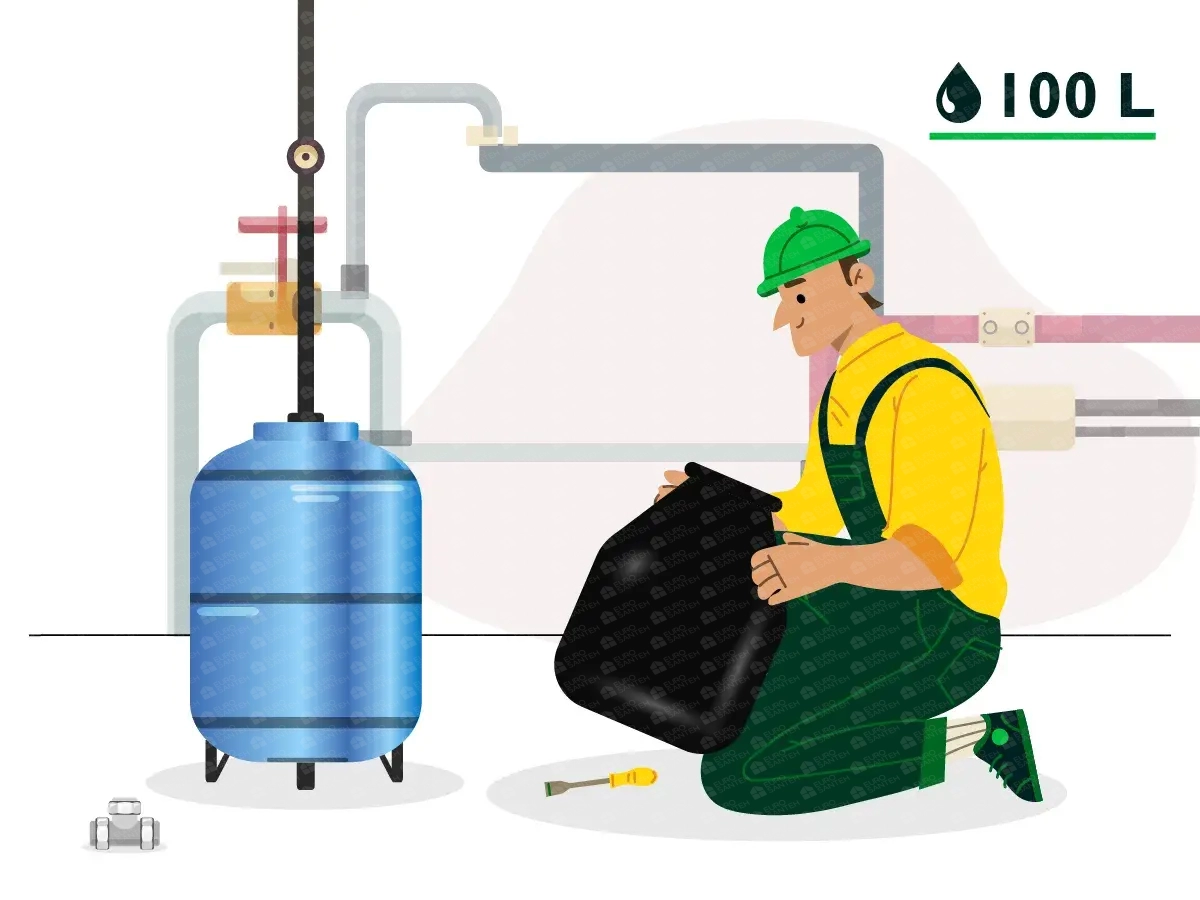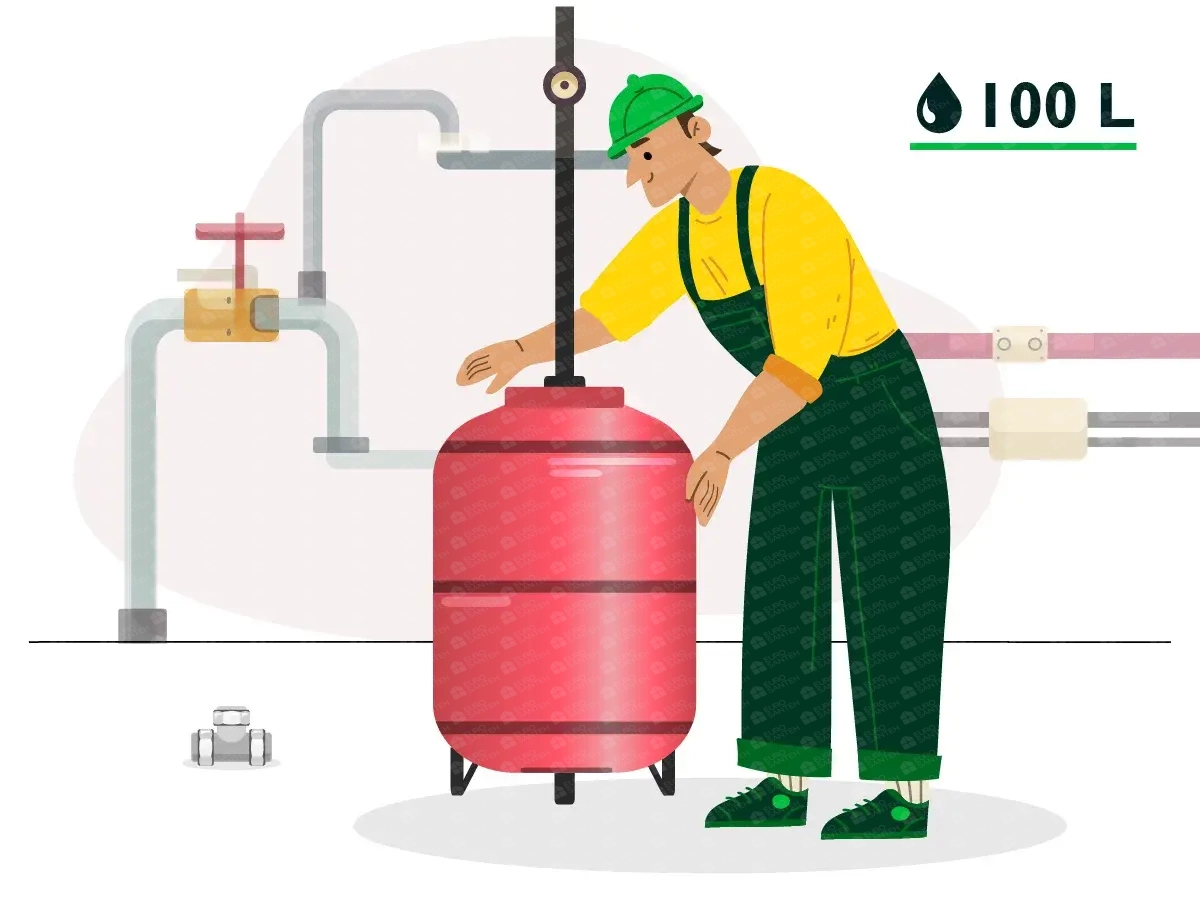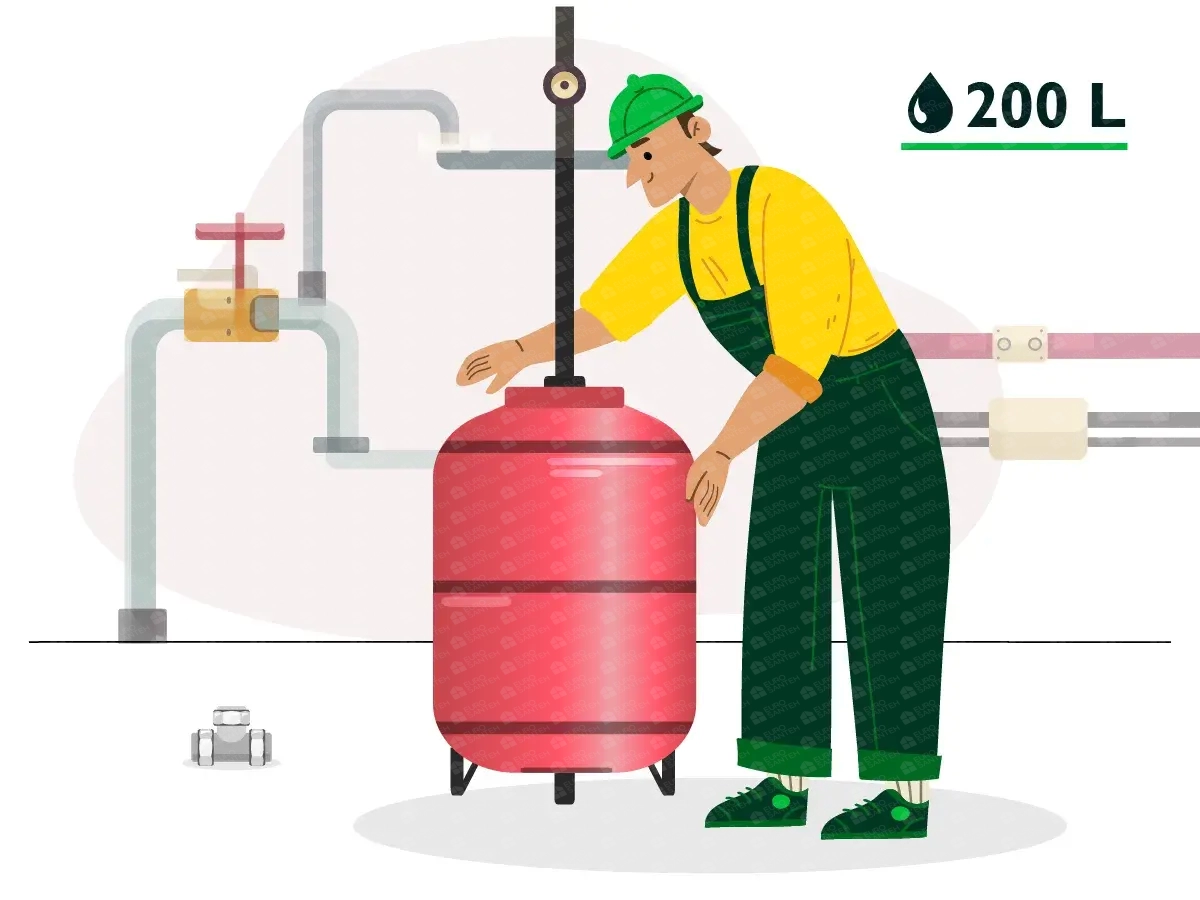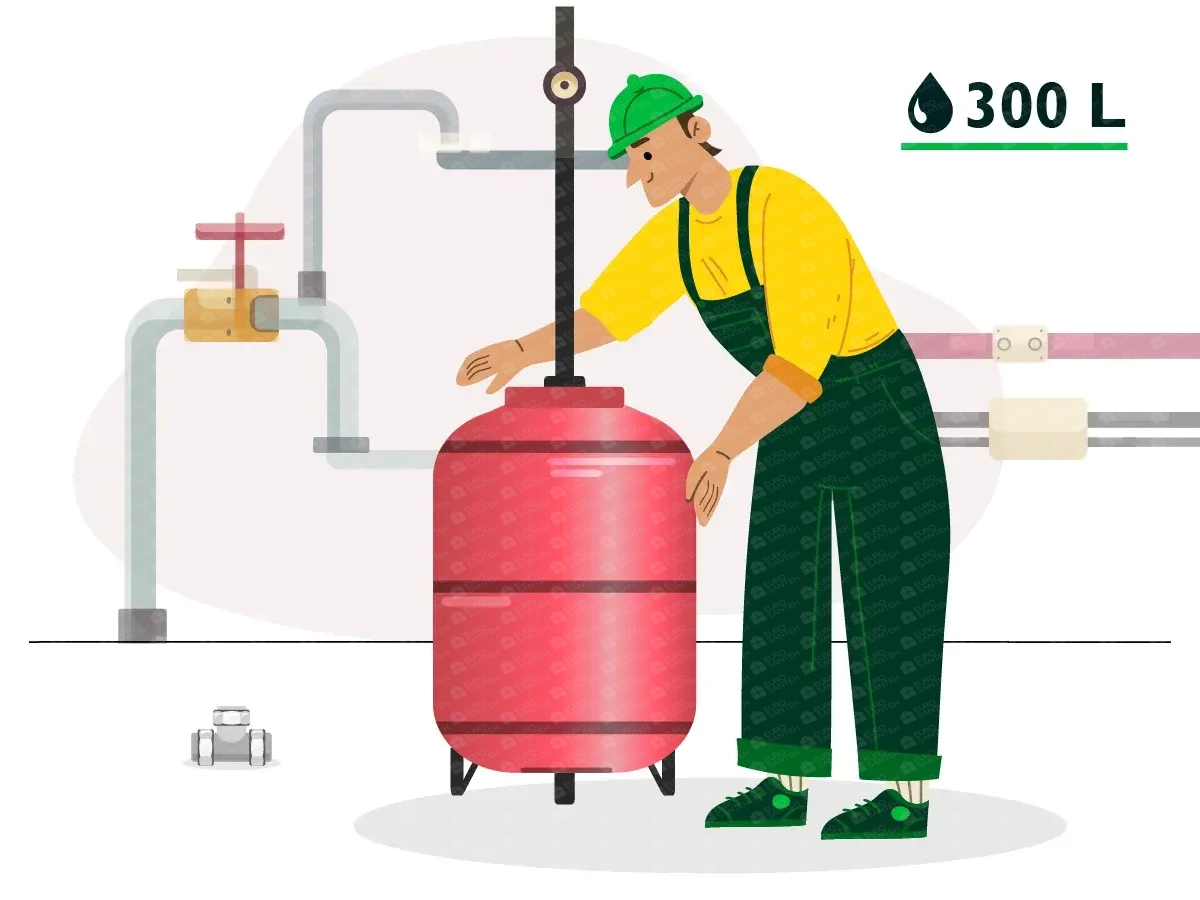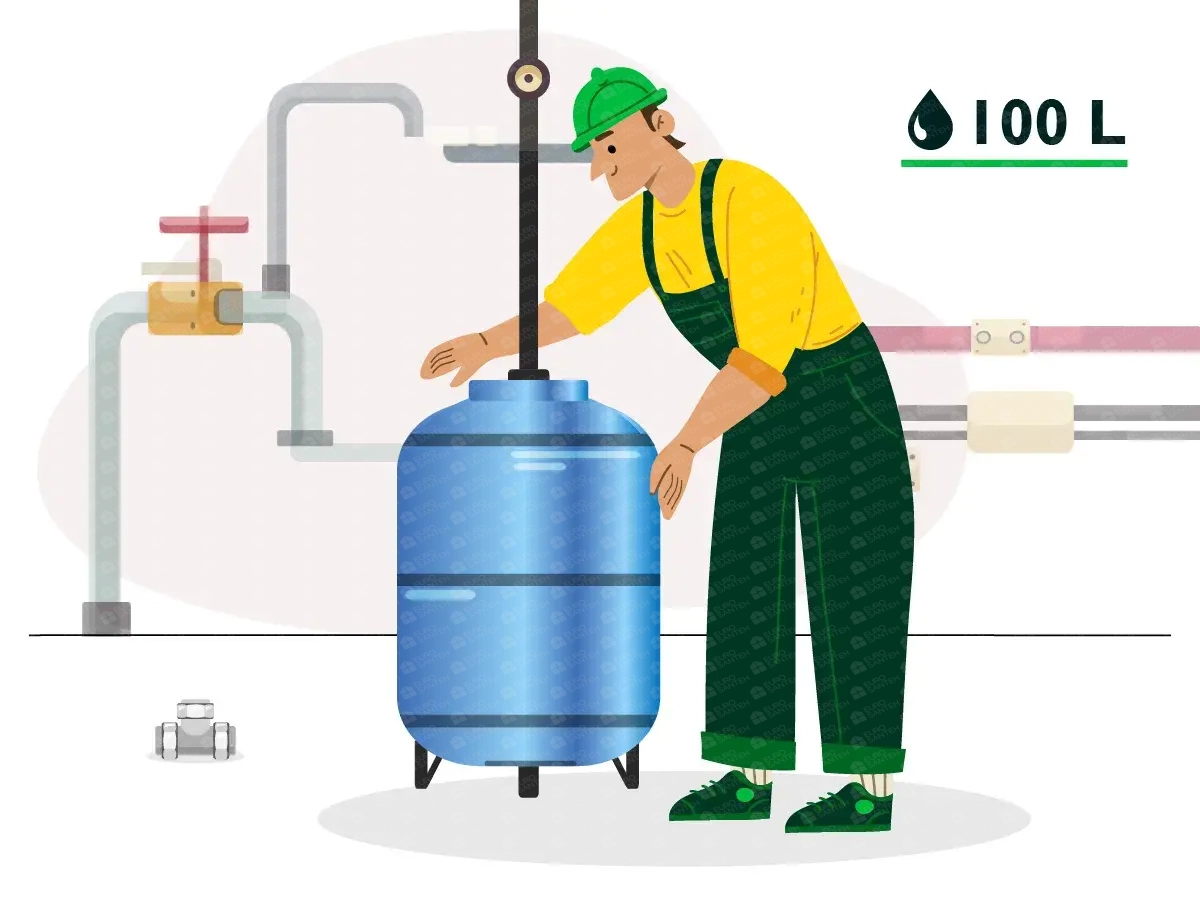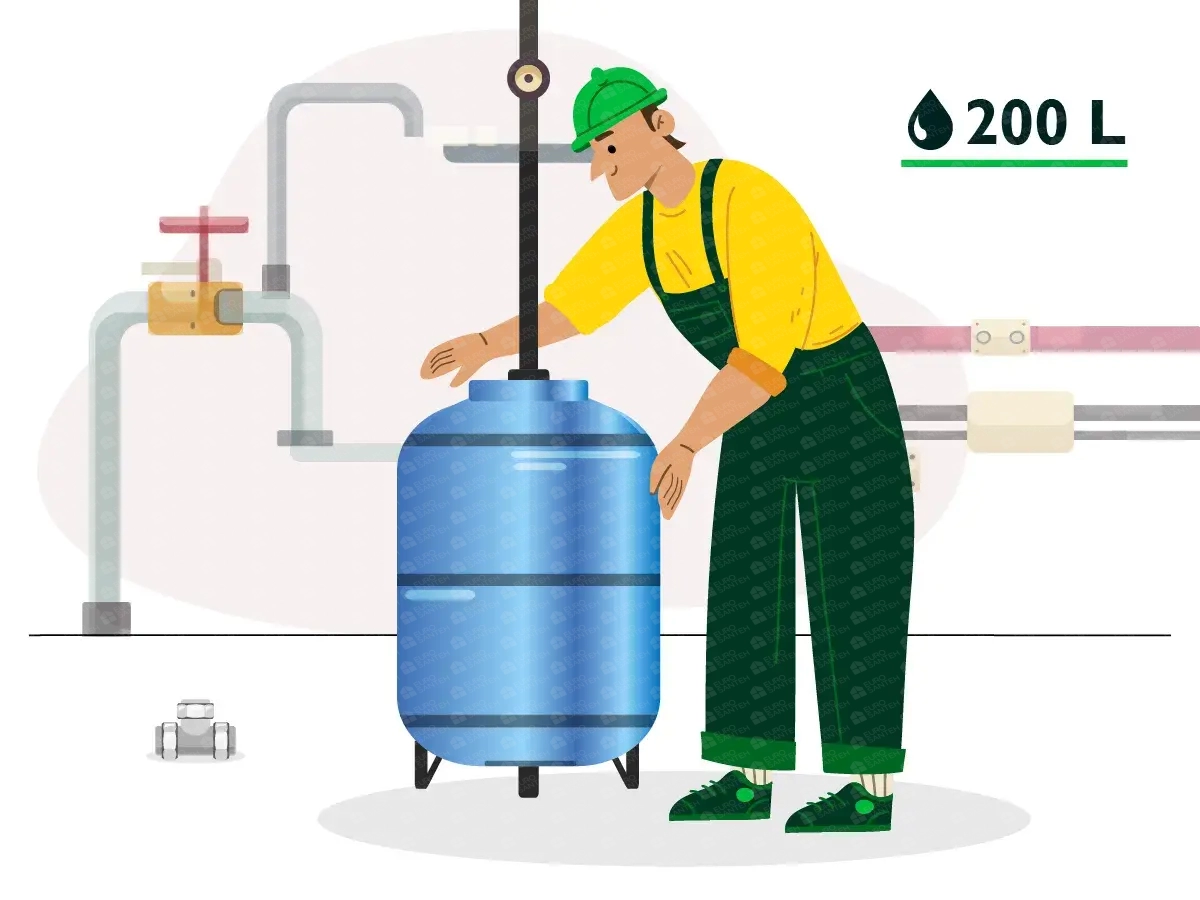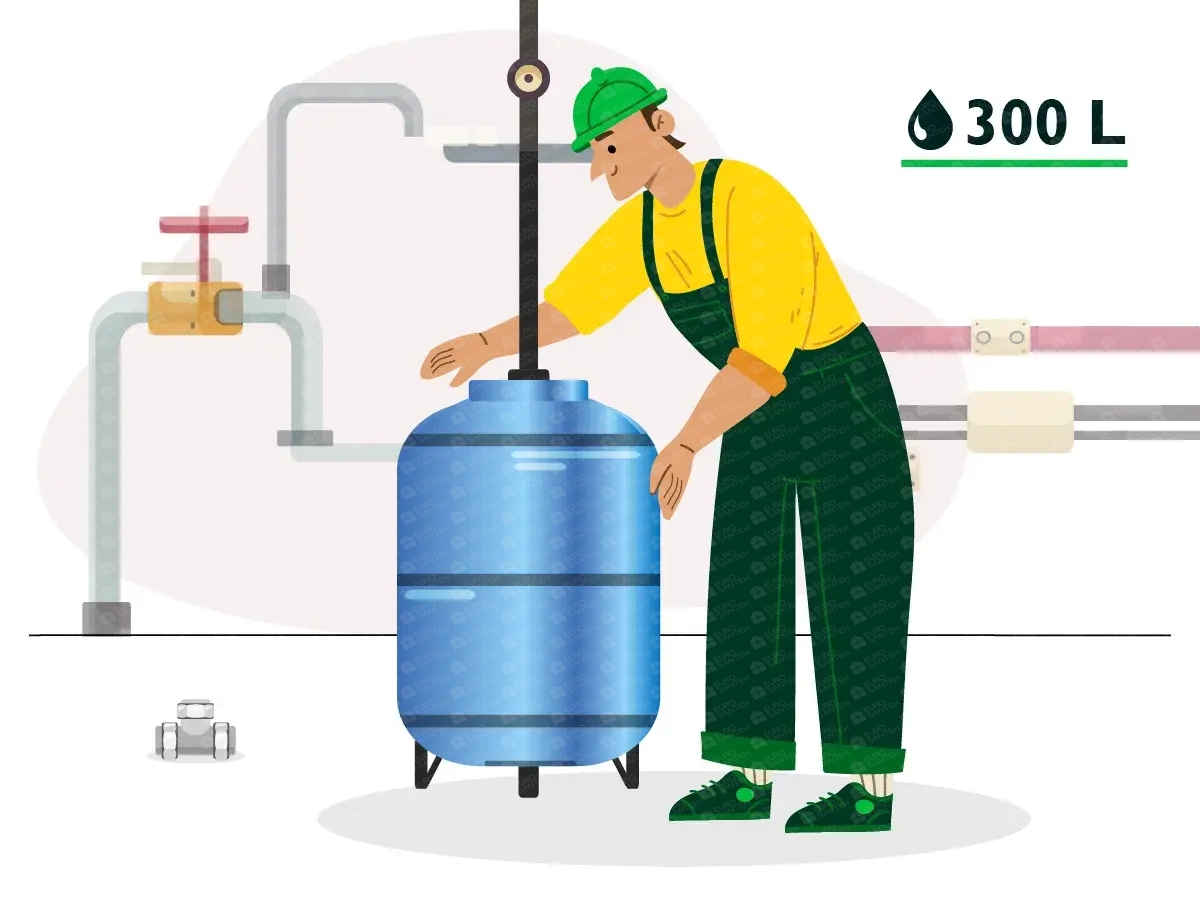Installation of expansion tanks
The installation of expansion tanks plays a crucial role in maintaining the efficiency and safety of various systems, particularly those involving water heating and plumbing. In this comprehensive guide, we will explore the key aspects of the installation process, the significance of expansion tanks, and practical recommendations for their proper functioning.
Key Aspects of Installation:
System Assessment: The installation process begins with a thorough assessment of the system's requirements. This includes evaluating factors such as water volume fluctuations, pressure variations, and the specific needs of the heating or plumbing system.
Tank Selection: Based on the system assessment, the appropriate expansion tank is selected. Expansion tanks come in different types, including diaphragm, bladder, and compression tanks, each designed for specific applications and system configurations.
Location Determination: The optimal location for installing the expansion tank is identified. This is often in close proximity to the water heater or within the plumbing system, ensuring efficient operation and easy access for maintenance.
Piping and Connection: High-quality pipes and connectors are used to integrate the expansion tank into the existing system. Proper connection is essential to accommodate the expansion and contraction of water without compromising the system's integrity.
Pressure Adjustment: The expansion tank's pre-charge pressure is adjusted to align with the system's operating pressure. This ensures that the tank effectively absorbs excess water volume during temperature changes.
Securing the Tank: The expansion tank is securely fastened to prevent movement or vibrations during system operation. Proper securing is crucial for the tank's stability and longevity.
Air Elimination: Any air present in the expansion tank is purged to prevent airlocks and ensure optimal performance. This step is particularly important for bladder-type expansion tanks.
Testing and Calibration: Once installed, the entire system undergoes testing to verify the expansion tank's functionality. Calibration is performed to fine-tune pressure settings and confirm that the tank responds appropriately to temperature changes.
Significance of Expansion Tanks:
Pressure Regulation: Expansion tanks play a key role in regulating pressure fluctuations within the system, preventing excessive pressure that can lead to damage or leaks.
Preventing Water Hammer: By absorbing the shock caused by sudden changes in water flow, expansion tanks help prevent water hammer, which can damage pipes, valves, and other system components.
Extending System Lifespan: The proper installation of expansion tanks reduces stress on the system, contributing to the longevity of water heaters, boilers, and plumbing infrastructure.
Enhancing Efficiency: Efficient pressure control and water volume management contribute to the overall efficiency of water heating and plumbing systems.
Maintenance Tips:
Regular Inspection: Periodic inspections of the expansion tank ensure that it remains in good condition. Check for signs of corrosion, leaks, or any visible damage.
Pressure Checks: Monitor the pressure in the expansion tank and adjust as needed. Proper pressure maintenance is essential for its effective operation.
Flushing the System: Periodically flush the entire system to remove sediment and maintain optimal water quality. This is particularly important for open expansion tanks.
Professional Servicing: Schedule professional servicing at regular intervals to ensure the overall health of the system and address any potential issues promptly.
Conclusion:
The installation of expansion tanks is a critical step in promoting the efficient and safe operation of water heating and plumbing systems. By following proper installation procedures and implementing regular maintenance practices, property owners can ensure the longevity and reliability of their systems, contributing to a more sustainable and functional infrastructure.
